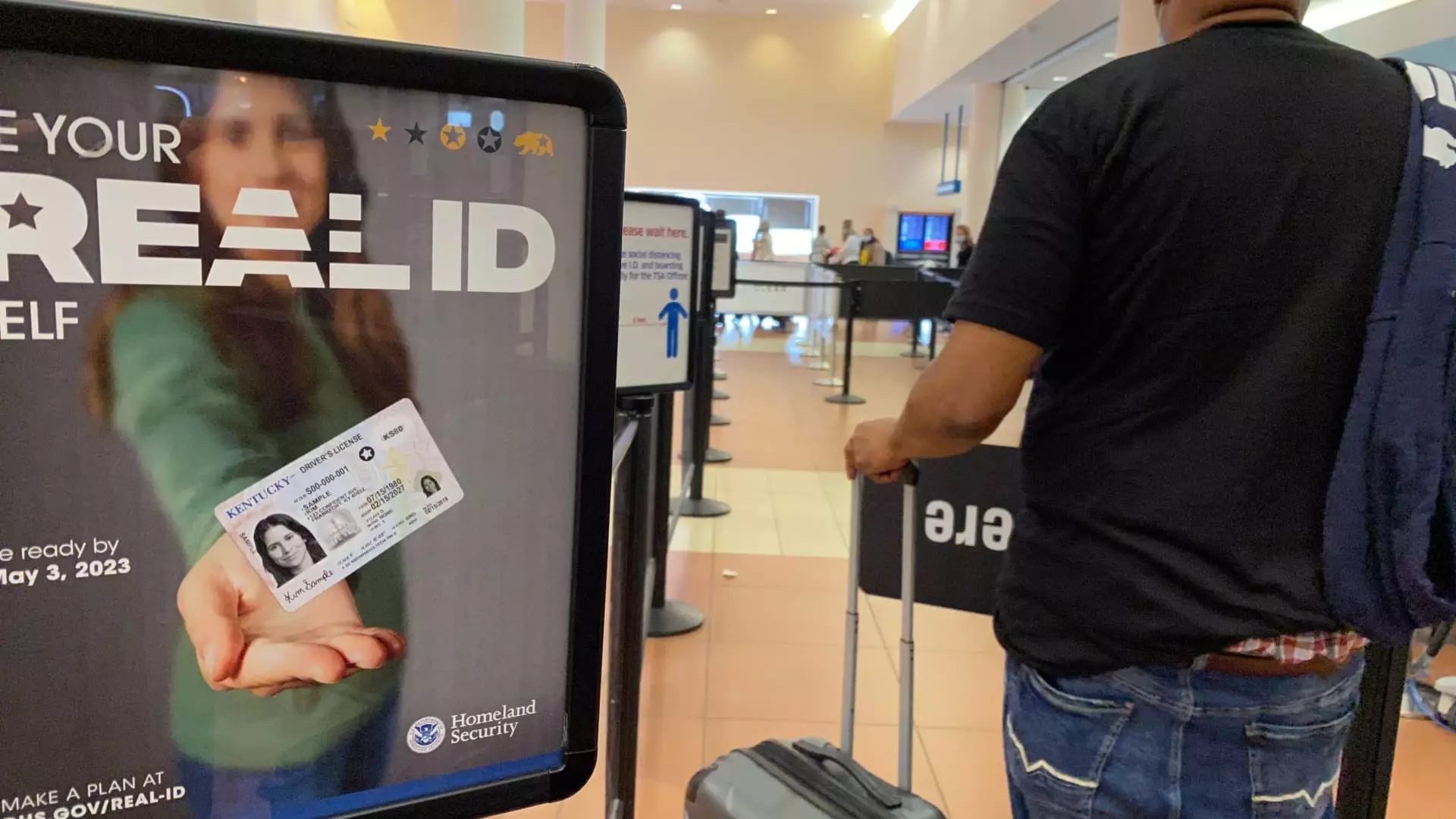In the wake of the September 11 attacks, the United States recognized a glaring gap in its security infrastructure—one that anchored the necessity of the Real ID Act. It’s remarkable how something so fundamental as identification could take years to implement fully. The Real ID initiative arose from a bipartisan agreement that emphasized the importance of having standardized forms of identification, particularly at airports. In a period where security threats are evolving, having robust means of identity verification isn’t just a bureaucratic necessity; it’s a moral imperative.
As we approach the May 7 deadline for full enforcement of Real ID compliance, one can’t ignore the fact that the program has been repeatedly postponed, sending mixed signals to the public and making this recent push seem almost panicked. Still, it highlights the importance of understanding why having a secure identification process is not merely a legal requirement but a safeguard for public safety.
The Mixed Messaging on Compliance
It’s easy to criticize government initiatives, especially when there’s confusion about deadlines and requirements. An estimated 81% of travelers already hold Real ID-compliant IDs, yet the remaining share of the population—those who remain uninformed or indifferent—represents a significant vulnerability. This leads to a broader question: why has the government struggled to communicate the importance of compliance effectively?
It’s essential for federal and state officials to not just remind travelers about their impending requirement but to paint a vivid picture of how a minor inconvenience for individuals equates to a major security enhancement for society as a whole. The message should be crystal clear: getting a Real ID isn’t simply a matter for convenience in travel; it’s an escrow of responsibility we share in protecting one another as fellow citizens.
The Scavenger Hunt for Updated IDs
John Essig’s urgent calls to make appointments at motor vehicle departments underscore a broader, pressing reality—availability issues. In a world dominated by digital transformations, our reliance on physical IDs seems archaic. That many U.S. citizens are scrambling for appointments is symptomatic of a larger systemic issue. It’s indicative of a government burdened by inefficiency while simultaneously pushing its citizens to comply with requirements that should promote ease, not confusion.
As states grapple with the logistics of issuing Real IDs effectively, the bottleneck reflects a profound incongruity; travel is an essential service, yet hurdles persist at multiple administrative levels. Proper planning and provisions should have been in place much earlier, paving the way for a smoother transition rather than risk the frustration of last-minute rushes.
Real ID: The Great Equalizer
Despite the confusion, the Real ID initiative has the potential to serve as a great equalizer in American society. By ensuring that all citizens possess a compliant identification card, we provide a framework of security that transcends socioeconomic and demographic boundaries. This notion appeals to the center-right perspective that champions both personal responsibility and collective security.
For states like California, where unique designs signify compliance—Gold or black stars, and even yellow bears—the Real ID serves as a tangible reminder that our society prioritizes both individual rights and the larger public good. By streamlining the identification process, we reinforce trust in our institutions and foster a sense of communal accountability.
Beyond the ID: A Call for Proactive Security Measures
It’s vital, however, that the Real ID enforcement isn’t an end unto itself. As Americans comply with this new norm, we must also advocate for continued advancements in security protocols. Identity verification should reflect the essence of our ever-evolving society; bolstered not just by the Real ID, but by technological innovations such as biometric screenings and digital verification processes.
As we settle into this new normal, it is imperative for regulators to pursue continued education about additional, more sophisticated measures. Emphasizing a culture of vigilance rather than fear can only serve to strengthen our collective security fabric.
In the final analysis, while the enforcement of Real ID requirements may have generated a wave of concern and urgency, it also represents an opportunity—an opportunity to engage in a national dialogue about identity, security, and what it means to keep our citizens safe. This initiative isn’t simply about compliance or inconvenience; it’s about solidifying a foundation for a fully integrated and secure society moving forward.

